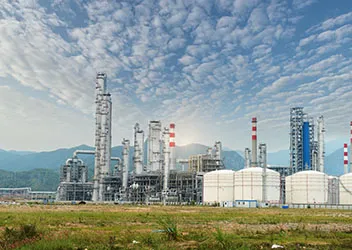Adapting safety measures for the future of hydrogen
As research continues to shape best practices, staying updated with the latest findings and adapting approaches accordingly is crucial. Hydrogen safety is an evolving field where ensuring the highest safety standards requires flexibility and continuous learning.
To embrace hydrogen in the energy transition, adapting our consequence and risk assessment tools is essential. The latest guidance on Phast and Safeti, along with other ongoing activities, serves as a roadmap for navigating these changes, ensuring that safety remains paramount as we enter a new age of energy.
To support our software users, we have produced a guidance document on modelling hydrogen loss of containment scenarios, available in our Knowledge Centre (login required). The latest guidance on Phast and Safeti, along with other ongoing activities, serves as a roadmap for navigating these changes, ensuring that safety remains paramount as we enter a new age of energy.
Sources:
Schmidchen, U., 2009. Hydrogen safety facts and myths,3rd International Short Course and Advanced Research Workshop “Progess in Hydrogen Safety”, Belfast, 27th April – 1st May 2009, Northern Ireland, UK


